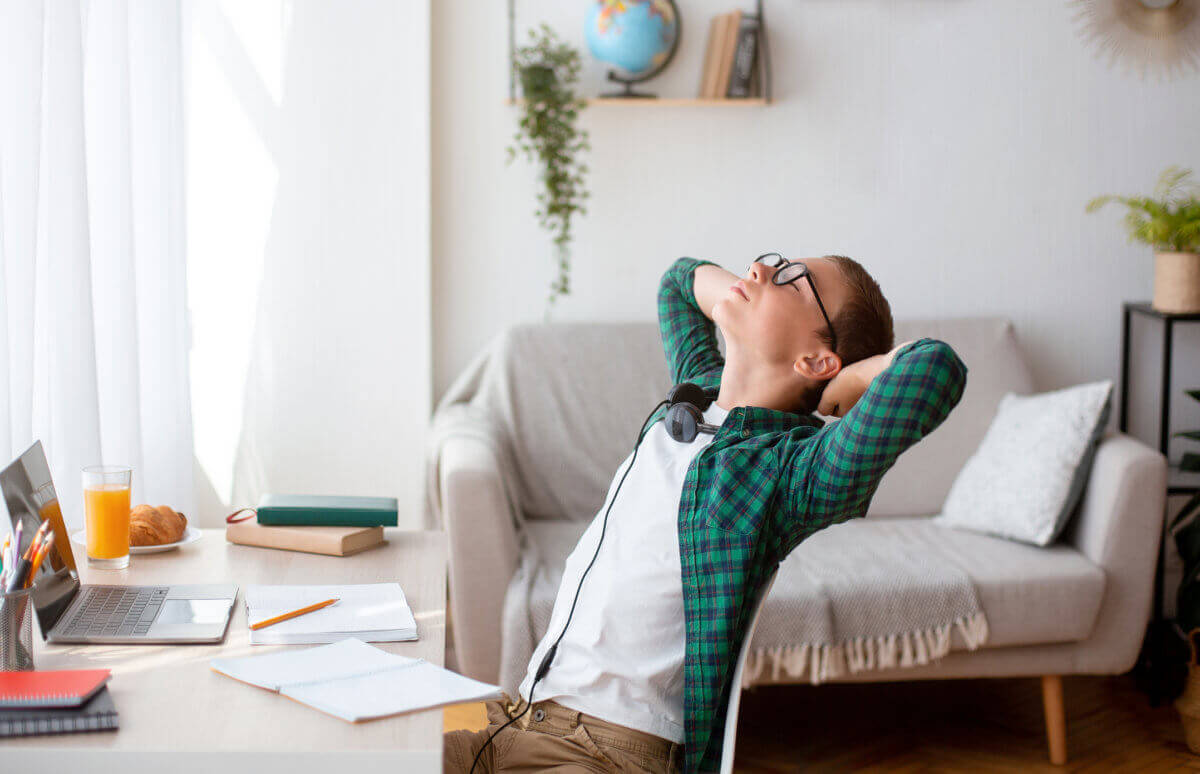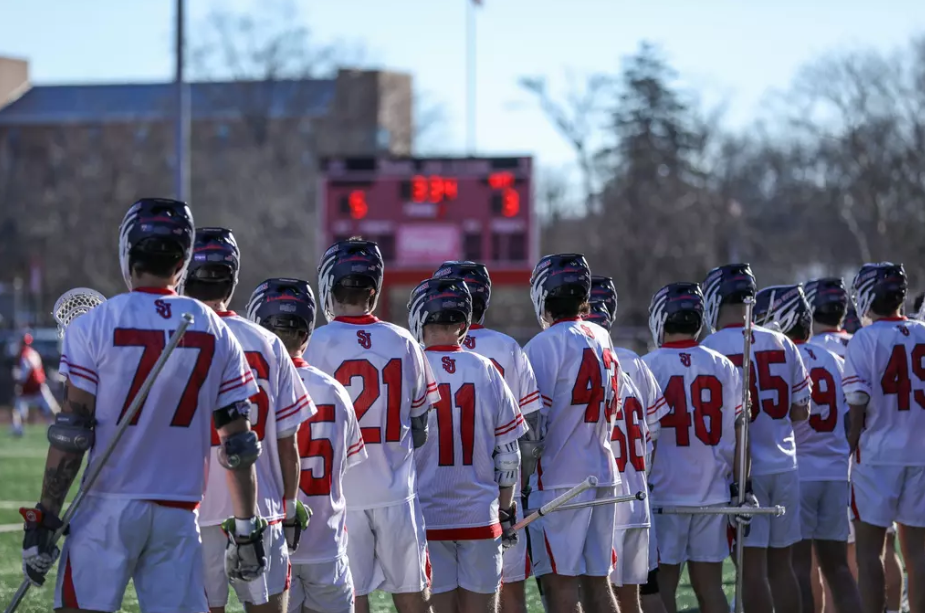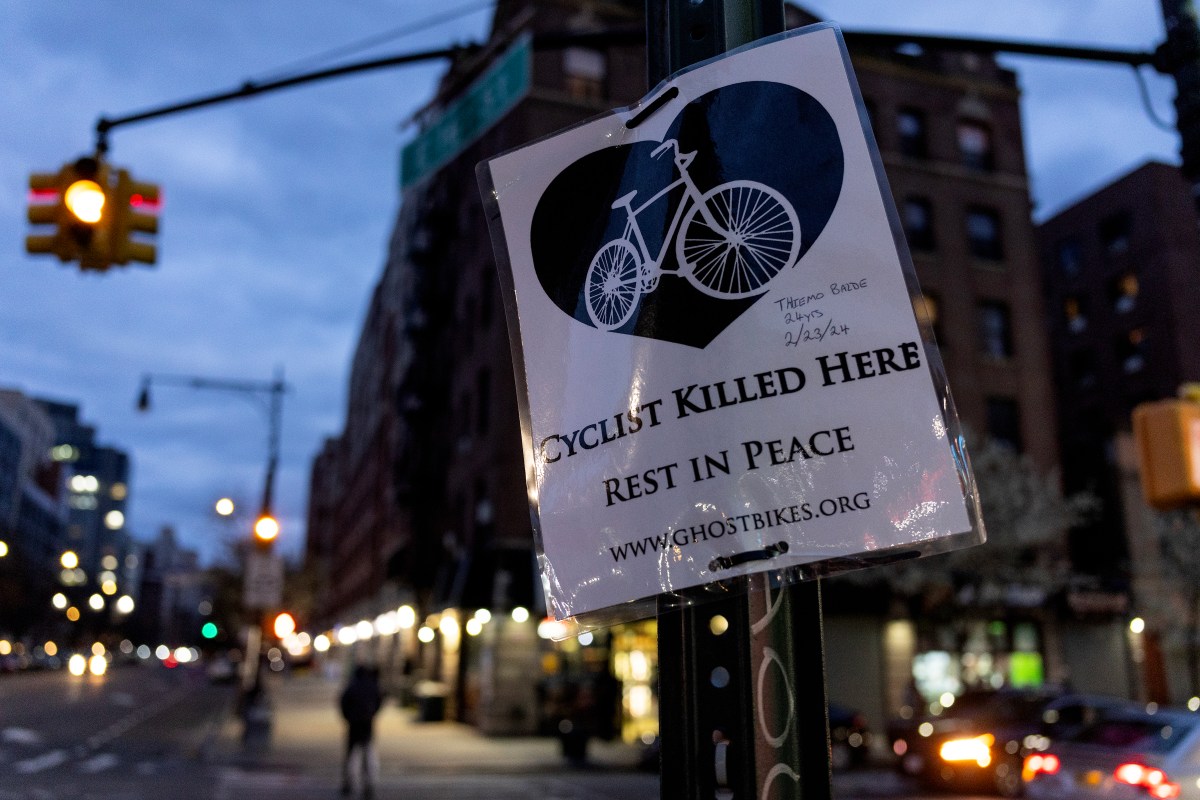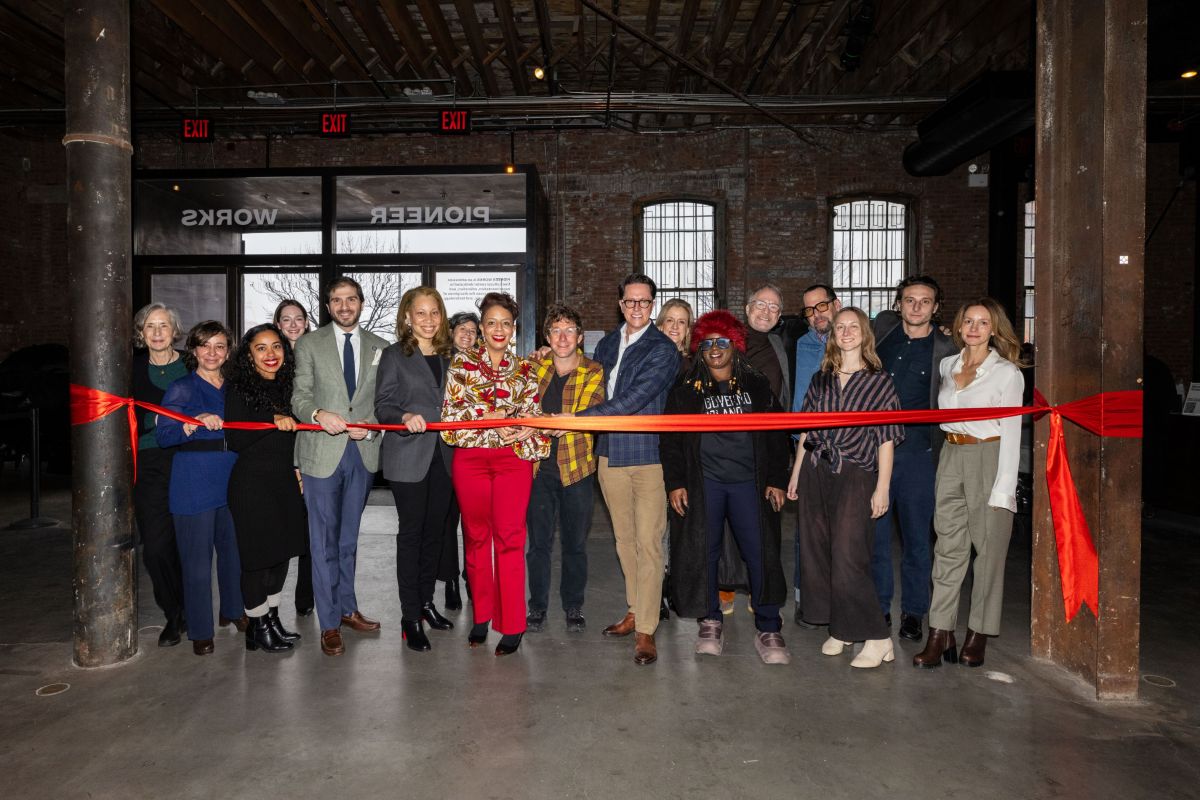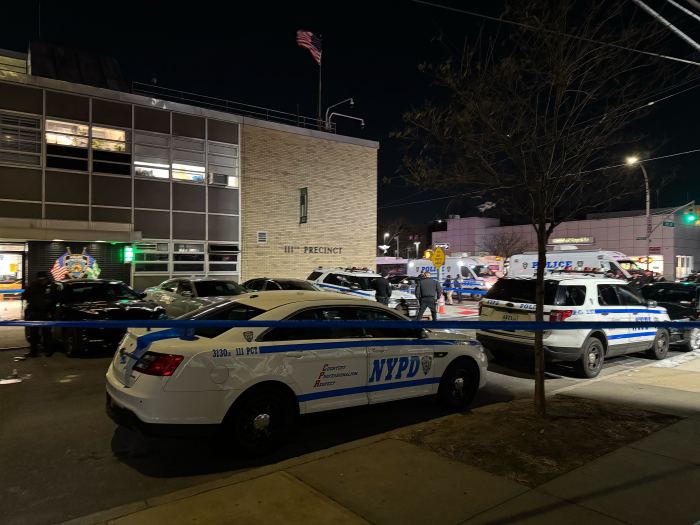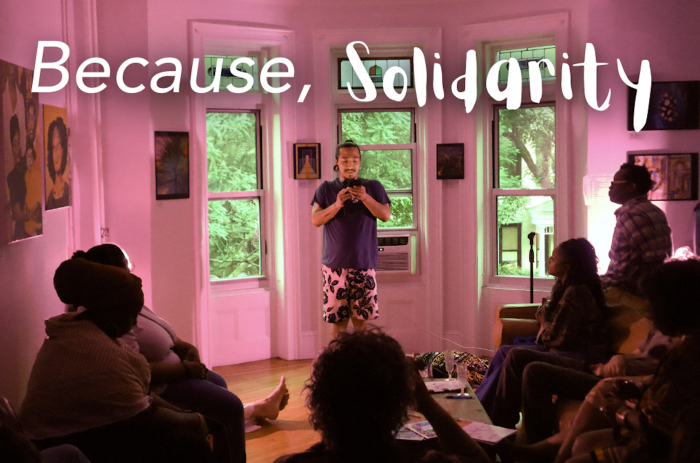By Donna Duarte-Ladd
Every day my son uses our living room as some sort of ninja gym. I would love to tell him to stop, but I live with it as I know he isn’t getting his usual exercise, and frankly, sitting in a chair all day is not great for any of us. This is why we chatted with Dr. Christen Russo, a pediatric orthopedic surgeon at NewYork-Presbyterian Brooklyn Methodist Hospital, who shared with us about back pain in kids and when it is a red flag and time to check with your child doctor and most importantly, how to keep our kids active and (try to) lessen back problems.
You have been receiving many inquiries from parents about back pain in kids—is this ‘COVID back’?
Prior to the COVID pandemic, I would see about two to three patients a month in the office with back pain. As a pediatric orthopedic surgeon, I still thought that was a lot – back pain in children, at any age, is not normal. All of a sudden this summer, as I started to see patients “normally” again, I was seeing back pain pop up on my schedule 2-3 times a day, sometimes seeing 5-10 patients a week with this complaint.
I think there are a couple of reasons working together creating this “COVID back pain” phenomenon. First, our children are less active – there are little to no organized sports, sub-par physical education experience (despite teachers trying really hard!), lack of recess time – and children are supposed to be on the move. Depending on your child’s age, current guidelines suggest they need somewhere between 60 – 180 minutes of vigorous activity daily.
The lack of activity is further compounded by a breakdown in our children’s ergonomics. We took for granted the important simplicity of a school desk, which really creates the ideal ergonomic environment for children to sit in and learn at for several hours a day. In March, many parents picked their children up from school never imagining they would still be sitting at our kitchen struggling to learn math from a Zoom teacher. Here we are though – and there’s a good chance that your child is not sitting with the best ergonomics on their side. This sets off a cascade of poor posture that when combined with lack of physical activity is landing these children on my examination table.
When in my office, parents are telling me a story of their children looking like hunchbacks and sometimes gaining weight. I notice a child sitting on the table sponsored by the letter “C,” a rounded back with their neck dipped as if they are holding a phone or tablet all the time. It has been eye opening.
After seeing a few dozen children like this, I made it a mission to reach as many of my patients as possible to try and avoid this dreaded “COVID Back Pain.” I then got the idea to do a webinar, hoping to reach more people. With the help of three amazing pediatric physical therapists who I work with, we put together a short webinar for parents focusing on recognizing, treating, and preventing this condition.
What sort of tips can help kids with these pains, do ergonomics help?
Trying to recreate old routines from school days, or create a new remote routine, is our best bet to try and move through some of this pain. A combination of structured activity combined with improved ergonomics should make a world of difference. As far as activity – making use of the few breaks teachers can give with a consistent stretching or yoga routine (or even running up and down the stairs!) can be extremely helpful. Having a morning routine, regardless of the remote learning schedule is a great way to set the tone for the day, and if possible parents and children can do it together – taking five to ten minutes in the morning together to start the day off right.
Improved ergonomics does not have to mean spending hundreds of dollars on fancy chairs or standing desks. Simple is really best here – again, think back to the child’s school desk. An easy rule to remember is the 90-90-90 rule, which basically says everything should be at 90-degree angle to each other: feet on the floor, hips flexed sitting at 90 degrees, and eyes focused in front so the neck is not compromised. This may mean raising the tablet or computer to eye level (you can use boxes or books for this), placing cushions on chairs, and sometimes bringing the floor up to your child so their feet are resting on a box or stool.
I know my son has 5 minutes to ten-minute breaks between Zoom classes, What can kids do on these breaks that help with back pain and neck soreness?
I would recommend putting the screen away – even though it might be tempting to watch a TV show or something. For sure, get up and move! It can be something as complex as yoga or as simple as running up and down the stairs in your home or apartment building. Weather dependent of course, but perhaps a short walk or skip or jog, shooting hoops, or having a catch are other good options.
When is the pain a sign that a doctor is needed?
Like I mentioned, back pain in children is never normal. This “COVID Back Pain” is similar to adult-type low back pain – which is the 3rd most common reason to see a doctor in the United States! While it is a nuisance, it does not set off alarms for me and I feel confident that with some minor adjustments we will land on the other side of this effectively. With help from pediatric orthopedists, physical therapists, and pediatricians we will overcome this phenomenon.
Pain that seriously concerns me is when I hear about “red flags.” I do not like it when children can point to their pain with one finger – consistently the same spot day after day. I get worried when children need pain medication – specifically anti-inflammatories – to relieve the pain. Any pain associated with neurologic symptoms – numbness or tingling, pain shooting down the legs or arms, bladder, or bowel compromise – that for sure gets my attention. Red flags warrant further workup – X-rays or advanced imaging like CT or MRI – but COVID Back Pain can be managed without imaging simply by making some adjustments to our new daily life practices.

Dr. Christen Russo specializes in the nonoperative and operative care of pediatric orthopedic patients, from pre-natal to adolescent care and consultation. She has a particular interest in clubfoot and other foot deformities, congenital hip dysplasia and pediatric trauma. Dr. Russo approaches care holistically, recognizing that pediatric patients are not just little adults and have different needs based on their unique family, education, and athletic dispositions.
This story first appeared on our sister publication newyorkfamily.com.
Read more: Assemblyman Ardila Faces Calls to Resign Over Abuse Claims



